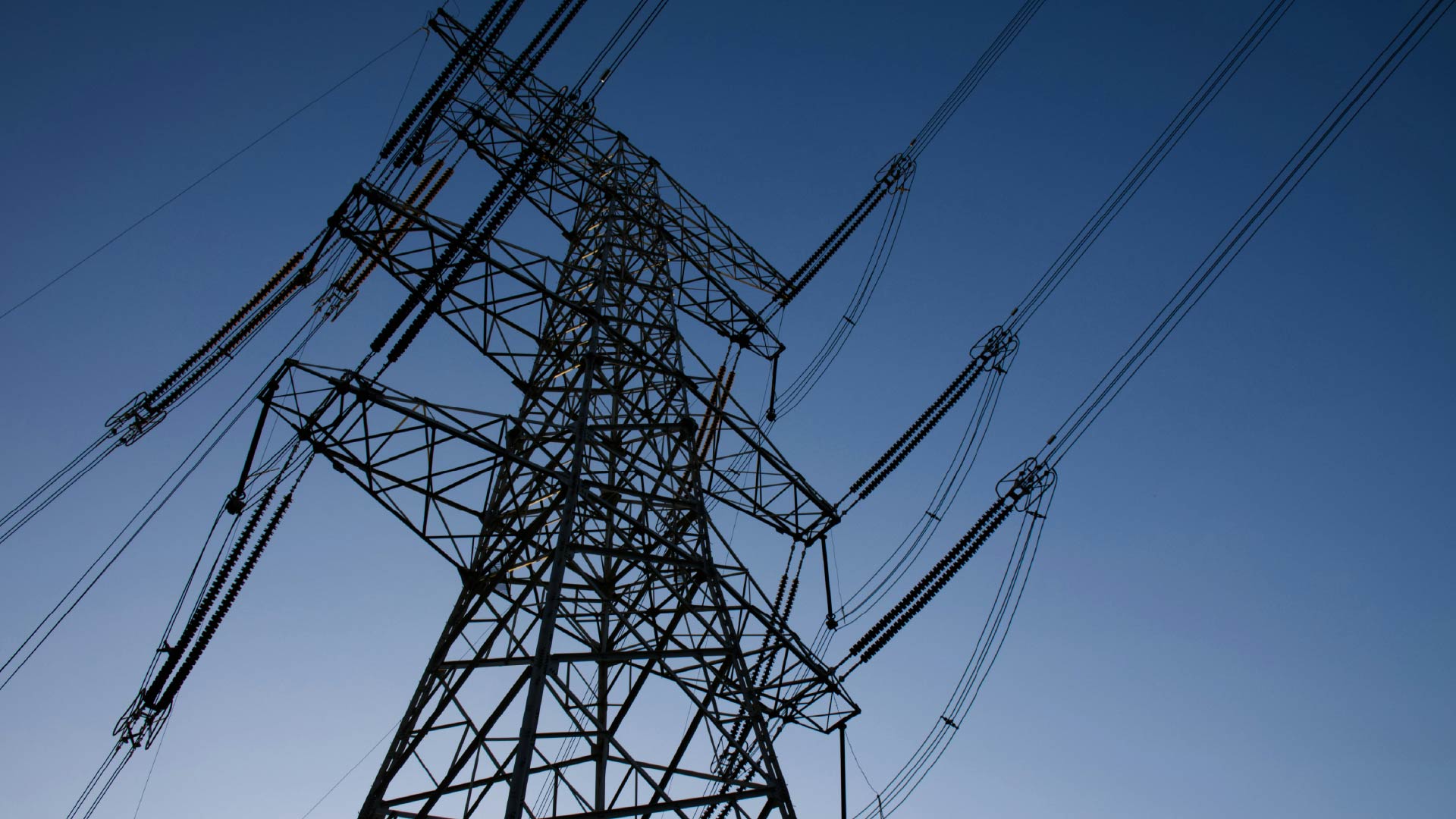A New Methane Calculus: The Business Case For Oil And Gas Firms To Act On Methane Has Improved

Alastair Foyn
At COP26, 119 national signatories launched The Global Methane Pledge, committing to a 30% reduction in global methane emissions by 2030. However, as of November 2022, only 15 signatories had published the targets and plans required to meet the pledge’s commitment. There is still mixed momentum after COP27; whilst the pledge has gained more than 30 additional signatories and 35 developing reduction plans, the largest emitter in the world, China, is not among them. Despite political hesitancy, cost-benefit analysis of methane reduction opportunities points to a proactive approach.
Most methane emissions stem from three industries; agriculture (40%), fossil fuels (35%) and waste (20%). 23% are produced by oil and gas extraction, processing and distribution. The RMI estimates this to be over 84 million tonnes per year, equivalent in warming potential to the annual CO2 produced by all road passenger vehicles globally. However, the Global Methane Assessment published by the UNEP in 2021 found that – for 80% of reduction measures in the oil and gas industry – increased profits would exceed the cost of implementation. Global leaks in 2021 equated to US$19 billion in financial losses. Furthermore, the UNEP found the average price of methane reductions to be US$600 per tonne. The potency and short atmospheric lifecycle (12 years) of methane make these reduction measures both cost-effective and also a powerful tool to avert short-term impacts of climate change.
Despite the advantages, oil and gas firms have been reluctant to implement reductions and have lobbied against government policies. Volatility of gas prices has created uncertainty around exact cost-benefit ratios for methane reduction projects. Regardless of funding like the US$20 billion allocated from the Inflation Reduction Act (IRA) and Bipartisan Infrastructure Law, implementation measures must still compete with investments delivering a higher ROI. Additionally, there is often a split incentive in many supply chains, where costs are incurred by midstream infrastructure companies and benefits accrue to the upstream product owners.
Methane reduction remains a crucial requirement of net zero implementation and therefore regulated reduction is only likely to intensify. Increased accountability through companies deploying satellite emissions monitoring like GHGsat and ClimateTrace, and IRA Waste Emissions Charges up to US$1,500 per tonne, mean that the window for voluntary action is narrowing. Oil and gas companies should accept the carrot before regulatory bodies and government agencies pick up a larger stick.
About The Author

Alastair Foyn
Analyst





